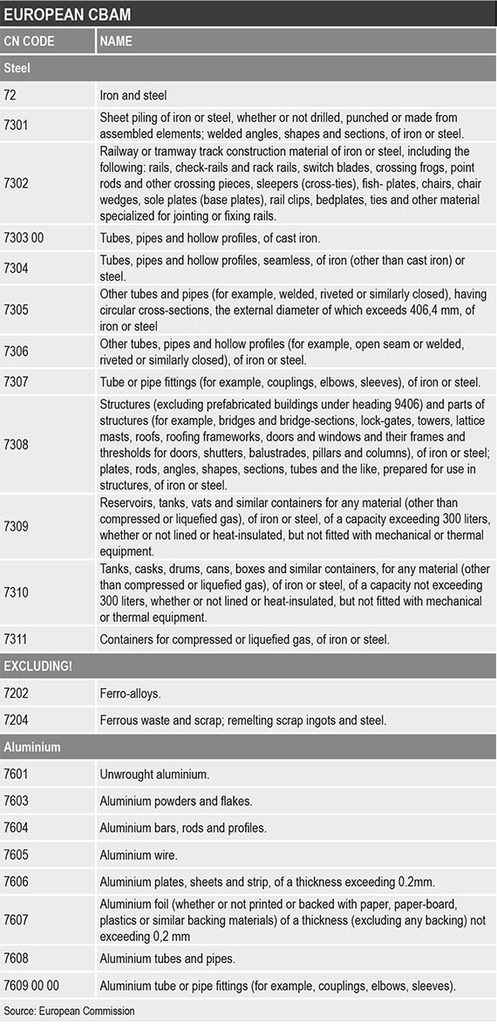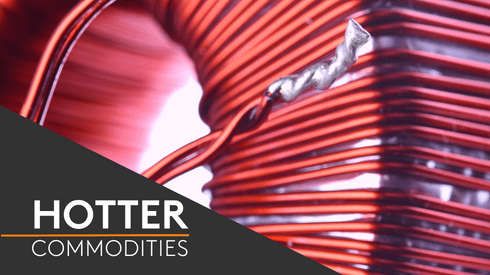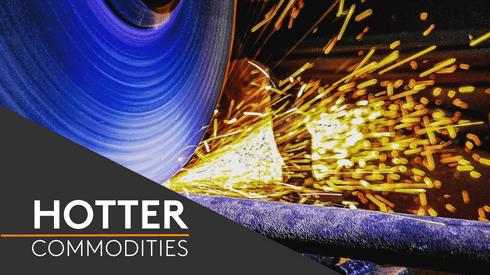Earlier this year, the EC adopted a package of proposals under the EU Green Deal, which included a Carbon Border Adjustment Mechanism (CBAM) for imported products. Fastmarkets outlines what this will mean for the iron, steel and aluminium sectors.
Adopted by the European Commission on July 14, 2021, CBAM will apply to imports into the EU of iron, steel and aluminium, along with cement, fertilizers and electricity.
Why is it needed?
In the European Green Deal, the Commission proposed a new EU target to reduce greenhouse gas emissions by at least 55% by 2030, compared with the levels emitted in 1990.
Because other countries and regions might not have similarly ambitious goals, the EU wanted to introduce a mechanism to prevent carbon leakage, and to ensure that import prices reflected their carbon content more accurately.
Carbon leakage was identified as any process by which EU-based companies might relocate carbon-intensive production abroad to take advantage of lax standards elsewhere or EU products that more carbon-intensive imports could replace.
CBAM was designed as an addition to the measures that already addressed carbon leakage within the EU Emissions Trading System (ETS).
CBAM was part of the package of measures introduced under the ‘Fit for 55’ package. This was intended to create a common and uniform framework to ensure an equivalence between the carbon pricing policy applied in the EU’s internal market and the carbon pricing policy applied on imports.
As part of the Fit for 55 package, a revision of the ETS was also proposed to include an extension to maritime transport and the introduction of emissions trading to the construction and road transport sectors.
Most notably, the higher climate ambitions of the proposed amendments to the ETS included a more stringent cap on emissions, meaning that the overall number of allowances available will decline.
This more stringent cap implies a stronger carbon price signal. The EU objective of climate neutrality, and the decision to raise the climate ambition for 2030, also led to a broader reconsideration of existing measures against the risk of carbon leakage.
While free allocation of allowances effectively prevents carbon leakage risks, it weakens the carbon price signal to EU industries, compared with full auctioning of emissions permits.
The Commission also claimed that implementation of CBAM will also encourage non-EU countries to use more emission-efficient technologies.
When?
A transition period will apply from 2023 to 2025. EU authorities will test CBAM during these three years without imposing any duties. This will ensure that the system will work smoothly and without disruption when it comes into force.
CBAM will fully come into force at the start of 2026.
How will it work?
CBAM has been designed to ensure that imported products are subject to a regulatory system that applies carbon costs that are equivalent to those that otherwise would have been applied under the EU’s ETS.
CBAM will apply to direct emissions from the production of goods up to the time of their import into the EU. After the end of the transition period, the EU authorities might include indirect emissions, such as those released during transportation.
Greenhouse gas emissions regulated by CBAM will include carbon dioxide and, if relevant, nitrous oxide and perfluorocarbons.
Scope of emissions covered by CBAM
Direct emissions: these are emissions formed during the production process over which the producer has direct control, including emissions during heating or cooling.
Indirect emissions: these are emissions from the production of electricity that is consumed in a production process.
Full carbon footprint includes all greenhouse gases emitted:
- During the mining of raw materials
- In the production of materials and components needed for the manufacture of the product
- In the production process, including emissions from providing the necessary energy
- From transportation of raw materials and interim products
- And from the use-phase and emissions related to the disposal of the product.
CBAM should not limit the volumes of goods being imported in the EU, the EC claimed.
As part of the regulations, CBAM certificates will be introduced.
Importer
Under CBAM, goods can only be imported by an ‘authorized declarant’ who has applied to the competent authority in its EU member state to be given this status. Such authorized declarants may represent more than one importer.
Among other information, the declarant must provide the estimated monetary value and volume of the goods to be imported into the EU, distinguished by the type of goods, both for the calendar year during which the application is submitted, and for the following calendar year.
By May 31 each year, each authorized declarant must submit a CBAM declaration for the calendar year preceding the declaration.
The CBAM declaration will include the following information:
- The quantity of each type of imported goods – for steel and aluminium, this should be expressed in tonnes
- Total embedded emissions – for steel and aluminium, expressed in tonnes of CO2 emissions per tonne of goods
- Total number of CBAM certificates to cover the embedded emissions.
The authorized declarant must keep records of the information required to calculate the embedded emissions.
But the declarant can claim a reduction in the number of CBAM certificates it must surrender, based on the carbon price paid by an exporter in the country of origin. The declarant – not the exporter – will be responsible for proving that the emission costs have been paid.
Exporters
Exporters may ask the Commission for registration under the CBAM regulations, with such registrations to be valid for five years.
Among other information, exporters must give the location of each installation and its main economic activity.
Exporters must determine and verify the embedded emissions, using the methods set out by the Commission. They also must keep any records necessary to support this information for a period of four years.
EU authorities
Each EU member state will appoint a competent authority. When this has been done, the Commission will publish a list of all competent authorities in the Official Journal of the EU.
Each competent authority will establish a national registry of authorized declarants in the form of a standardized electronic database containing the data regarding the CBAM. This database will not be made public.
The Commission will act as a central administrator to maintain an independent transaction log recording the purchase of CBAM certificates, their holding, surrender, re-purchase and cancellation, and to ensure coordination of national registries.
The competent authority may review the CBAM declaration within four years of a declaration being submitted.
CBAM certificates
Each EU member state shall sell CBAM certificates to authorized declarants.
EU authorities will have a record of each certificate number, its price, and the date of sale, as well as registering this in the account of the authorized declarant.
The value of certificates will be calculated weekly based on the average price of the EU ETS allowances on auction platforms. If no trading deals were settled via the common auction platforms, the price of the CBAM certificate will not change.
The Commission will publish the average price of emissions on the first working day of the week, and it will be applied from the next day.
By May 31 each year, each authorized declarant shall surrender the numbers of its CBAM certificates to the authorities. The number of CBAM certificates in the declarant’s account must cover at least 80% of the embedded emissions during each quarter.
The declarant can sell unused certificates to the EU authorities if a request to do so is made by June 30 each year. However, the number of such certificates will be limited to one-third of the total certificates a declarant buys during a year. The authorities will repurchase certificates at the same price they were sold to a declarant.
Products and origins
CBAM will not apply to goods originating from Iceland, Liechtenstein, Norway or Switzerland.
CBAM will apply to imports of iron and steel, aluminium, cement, fertilizers and electricity.







